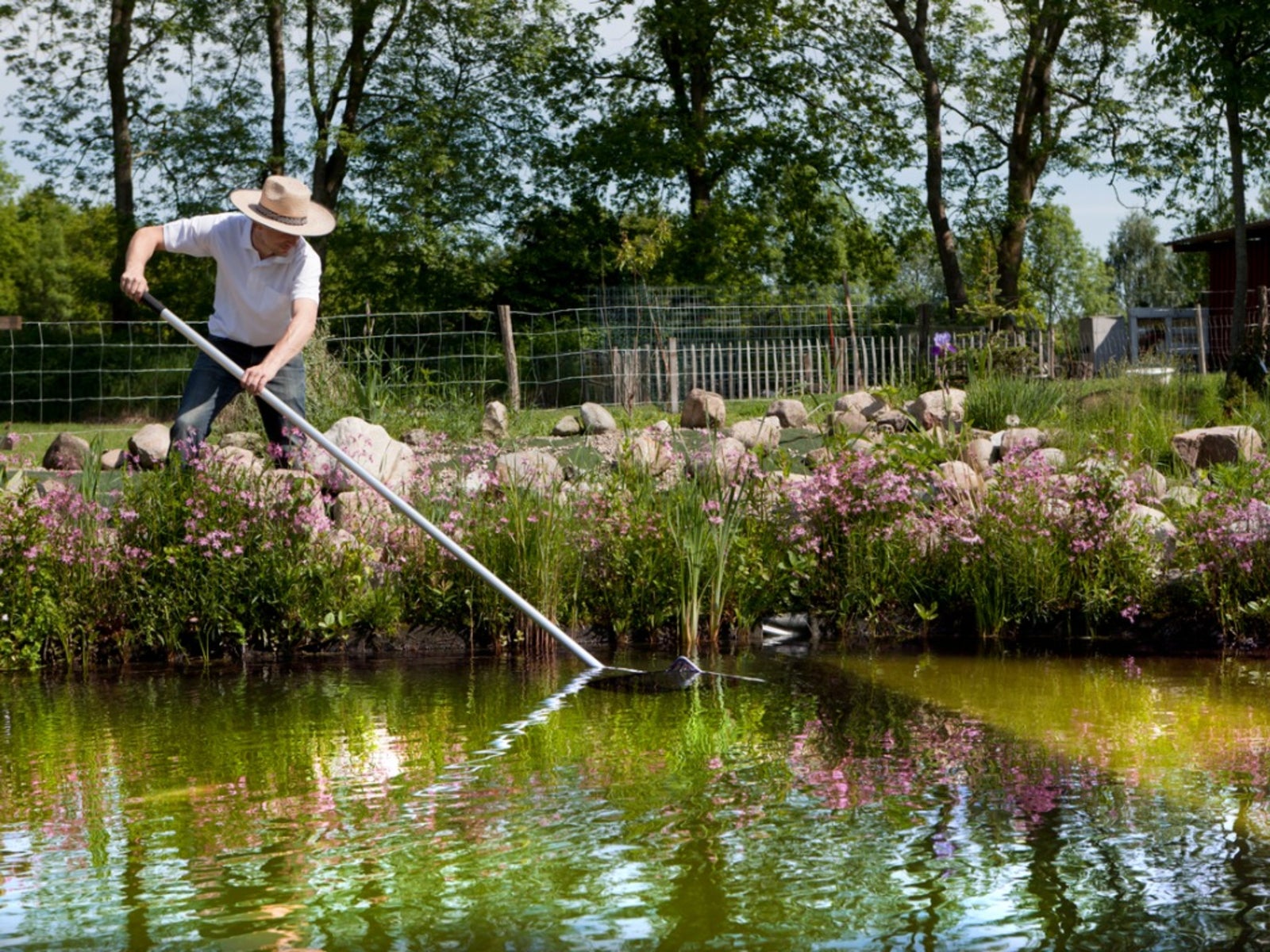Cleaning Out A Pond: When & How To Clean A Garden Pond Safely


It sometimes feels like the garden chores are never done. There's so much to prune, divide, amend, and replant, and it just goes on and on forever - oh, and don't forget your garden pond cleaning. As beautiful as they are, garden ponds require maintenance to look their best, and although cleaning out a pond isn't rocket science, doing it properly will make the process go much more smoothly, especially if plants or fish call your pond home.
Outdoor Pond Cleaning
It's important to consider what is living in your pond before planning a regular cleaning. Ponds with only plants as constant inhabitants are usually cleaned in the spring, but those with fish or other permanent aquatic life should be cleaned in the fall, before temperatures fall dramatically. Fish are typically weaker in the spring and can't handle as much stress at this time, which is why koi and fish pond cleaning is recommended at the end of the growing season, when fish are at their healthiest. The frequency of pond cleaning is another important consideration. It's not a good idea to clean them more than once a year, and less than once every three to five is even better. If you keep the pond clean throughout the year by using nets to prevent leaf accumulation and removing plant debris as it begins to wilt, you'll need to clean less often. The addition of pond filtration systems can further simplify your pond cleanings.
How to Clean a Garden Pond
When temperatures are below 70 degrees Fahrenheit (21 C.), grab your pond cleaning tools and get ready to get dirty. You may be able to get away with a quick debris removal using a pool net, but if the pond is very dirty, you'll need to remove most of the water as well. Drain or siphon it into a large container, like a plastic trash can. When less than six inches (15 cm.) of water remains, dip the fish out of the pond and into the water holding tank. Cover the container with a net so the fish don't jump out and predators don't find their way in. Remove any plants to a shaded, moist area to prevent stress as you clean the pond. Once the pond is as empty as you can get it, rinse the pond walls thoroughly and scoop out any accumulated muck, dumping it into your compost bin or garbage. As soon as the pond is cleaned out, refill it slowly over several hours to help keep the water temperature as high as possible. Adding pond enzymes at this time can help break down small amounts of remaining debris and dechlorinators will make the water safe for your pond residents. Replace the plants and fish when the water levels are close to normal and the temperature is within about five degrees of the water when you removed it. Replacing some of the missing water with that from the holding tank will help speed up the re-establishment of helpful bacterial colonies and other microscopic organisms.
Sign up for the Gardening Know How newsletter today and receive a free copy of our e-book "How to Grow Delicious Tomatoes".

Kristi Waterworth was a regular contributor to Gardening Know How for many years, answering countless queries on plant pests and diseases.